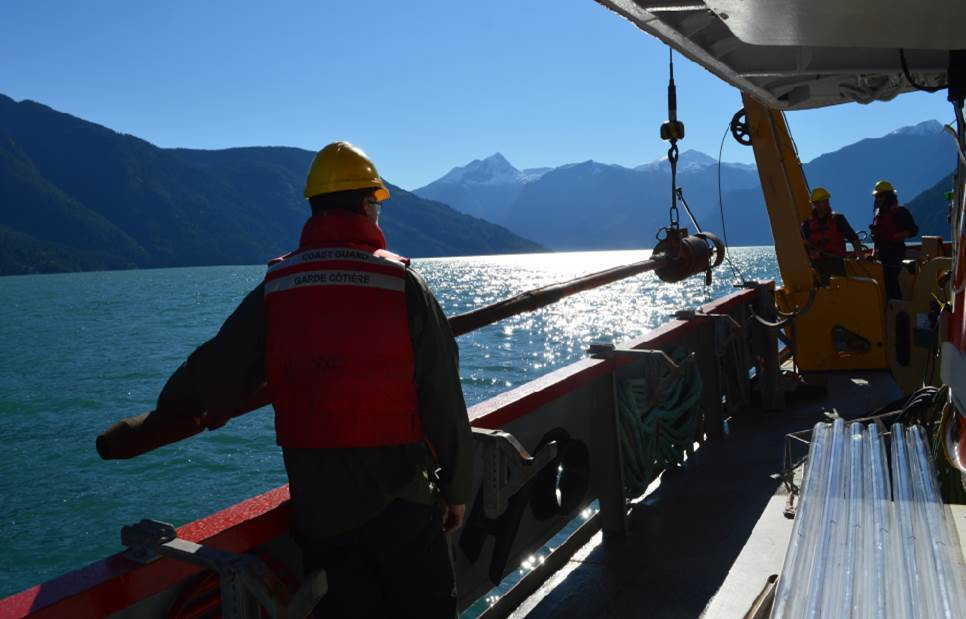Taking a sediment core a thousand meters below the surface of the ocean can be a tricky business. But once you have a core, the material contained within it can tell a fascinating story about the inhabitants of ancient ecosystems and environmental change. Researchers are increasingly enthusiastic about examining marine sediment cores to decipher the ways that deep-sea ecosystems have altered over thousands of years.
The critical tool is environmental DNA (eDNA) analysis. This is a non-invasive method that captures DNA from environmental samples—whether seawater, soil, or marine sediment—to detect what organisms were living in the ecosystem. A subset of eDNA is sedimentary ancient DNA (sedaDNA). The sedaDNA approach is now being used to help researchers understand biodiversity shifts in specific ocean locations over time.
Marine canyons are biodiversity hotspots, where organisms have adapted to the unique conditions of the deep sea. Barkley Canyon, located off the coast of southern Vancouver Island, reaches depths of up to 2,000 meters. The area is a popular destination for deep-sea research due to its steep coral cliffs and rich array of marine life.
Cooper Stacey, a marine geologist with Natural Resources Canada, has worked to extract marine sediment cores from Barkley Canyon that are as much as two meters in length. Researchers Linda Rutledge and Danielle Grant at the Hakai Institute Ancient DNA Laboratory on Quadra Island are studying some of these cores, enabling them to begin to reconstruct Barkley Canyon ecosystems—all the way back to the Pleistocene-Holocene transition that occurred 11,000–14,000 years ago.
